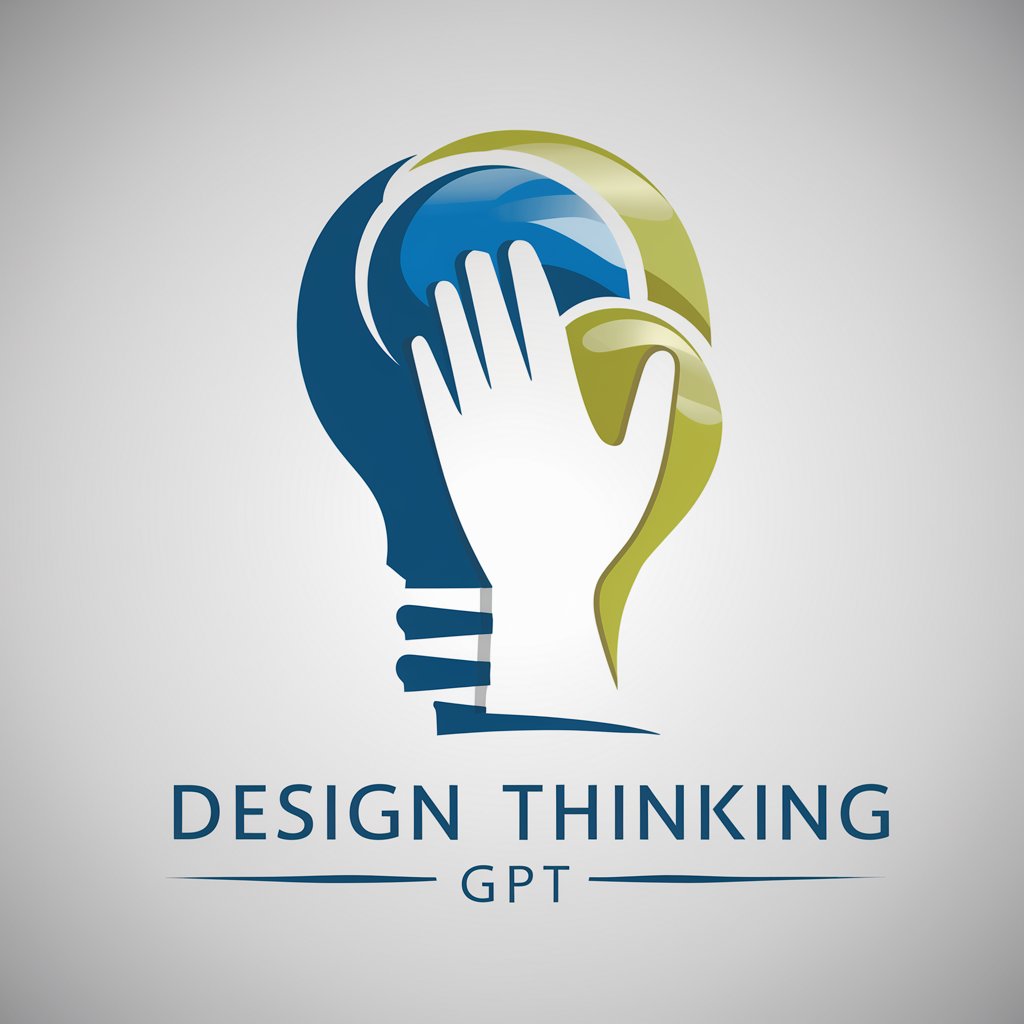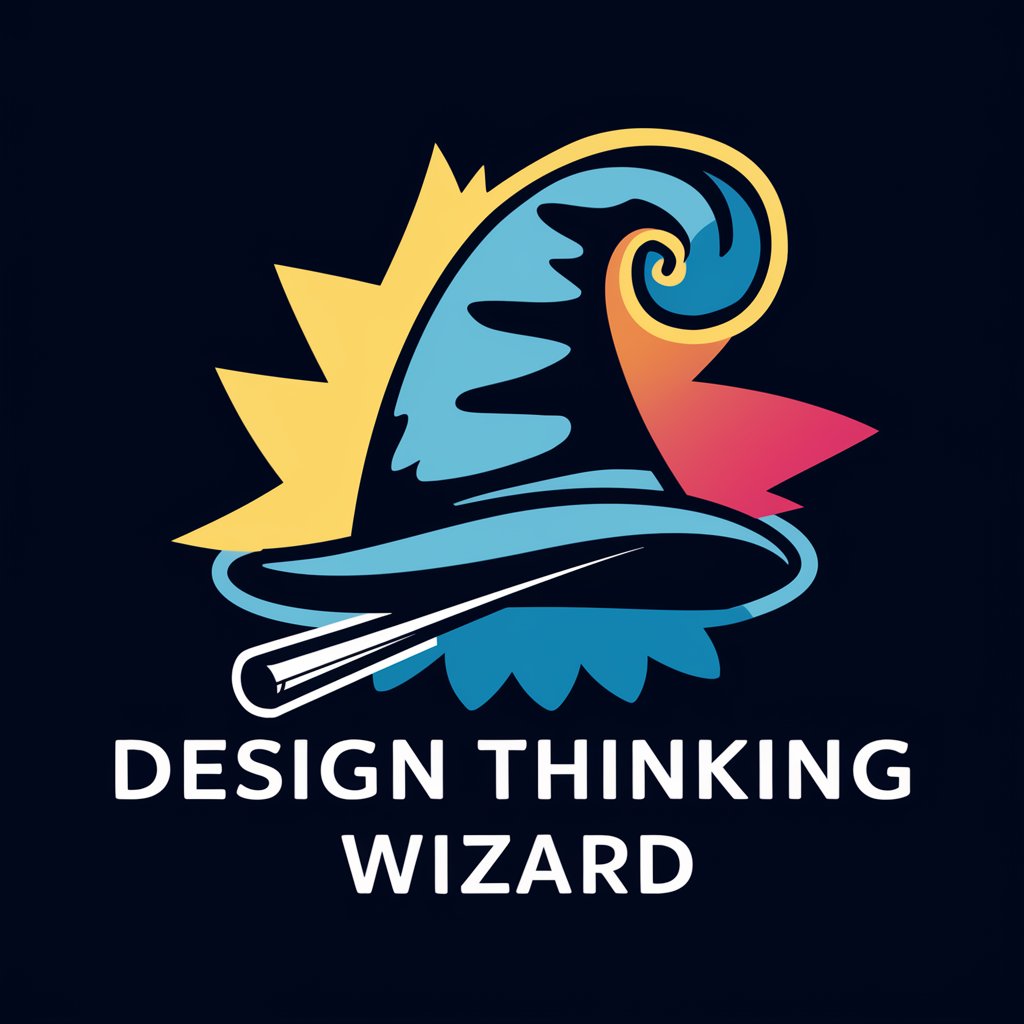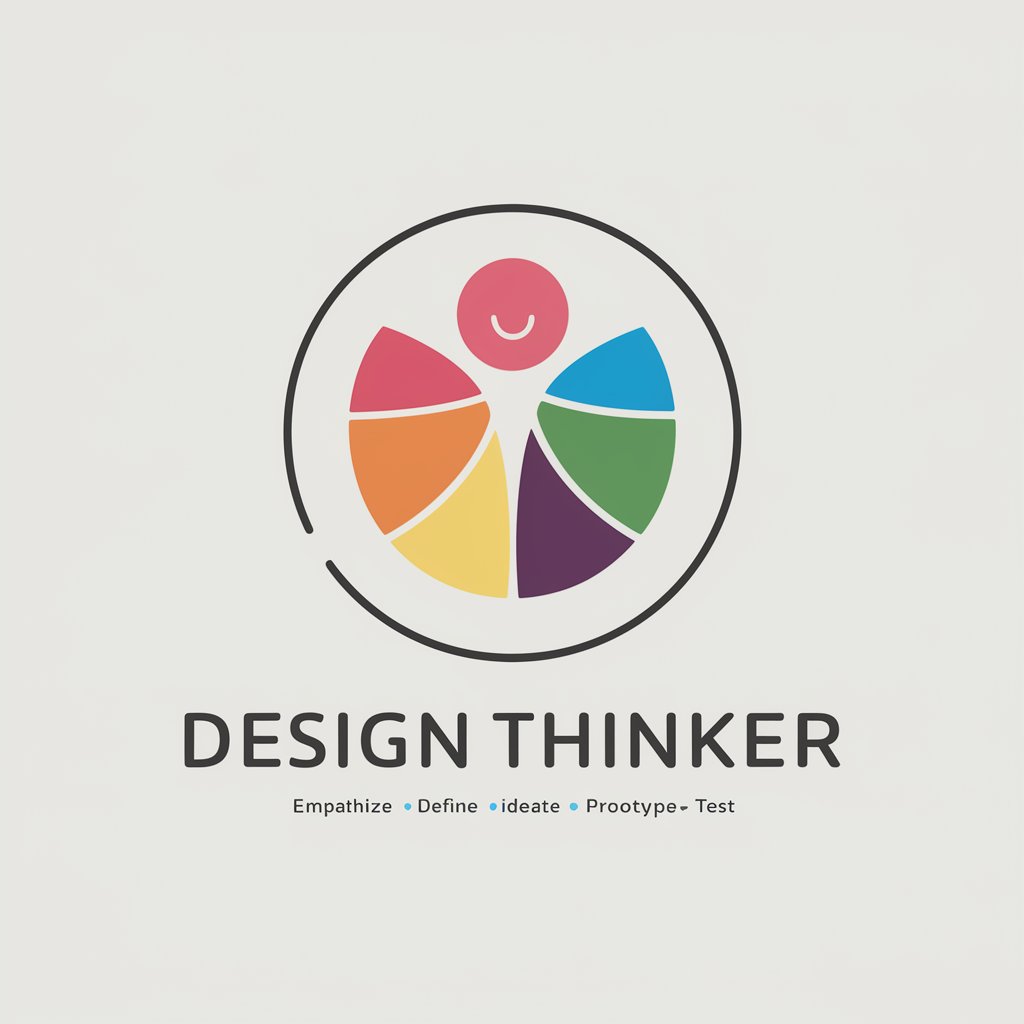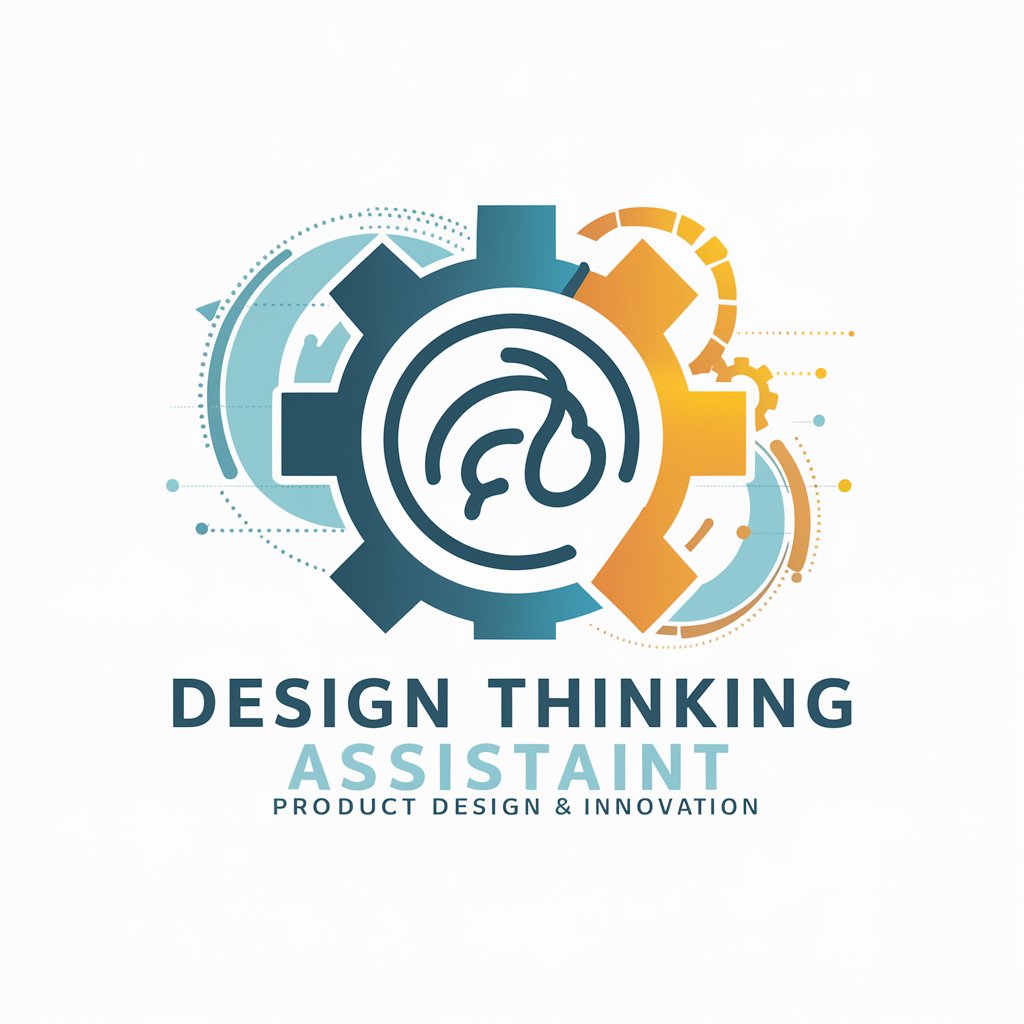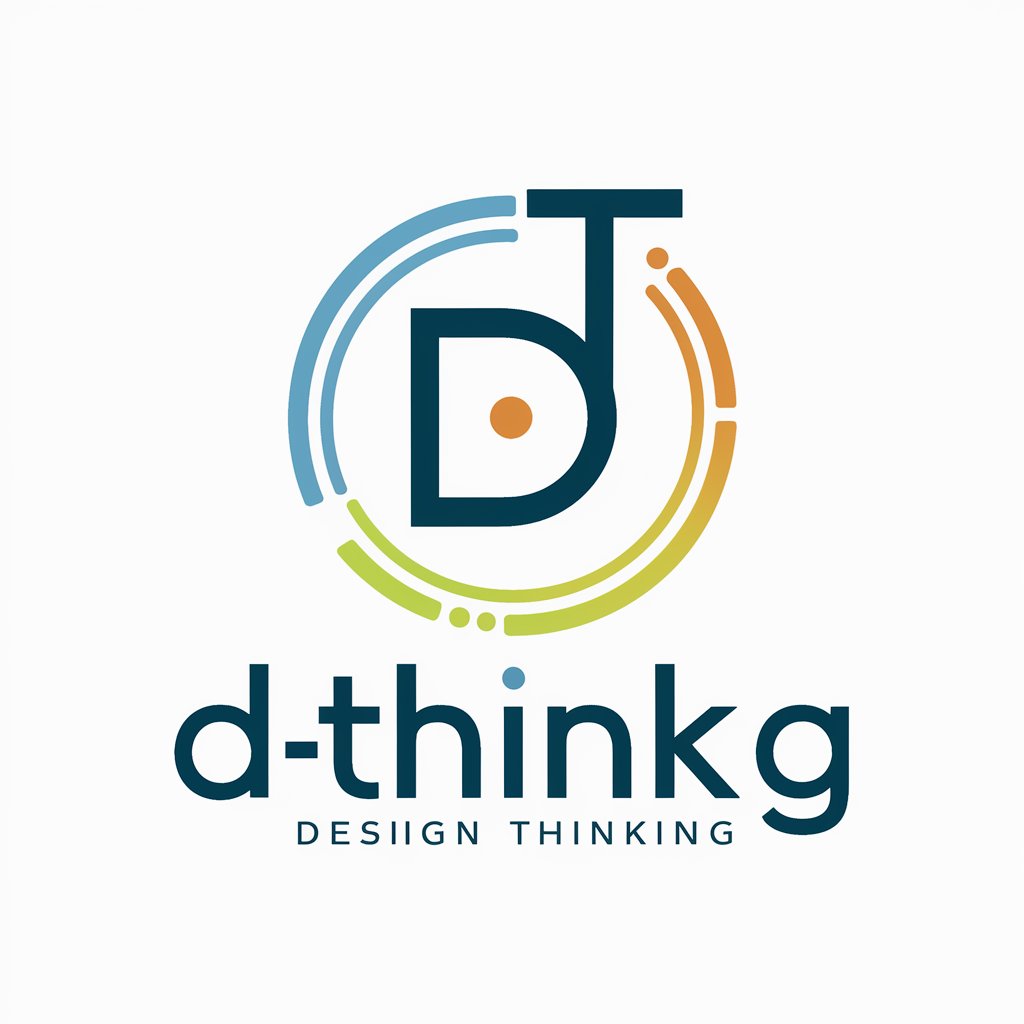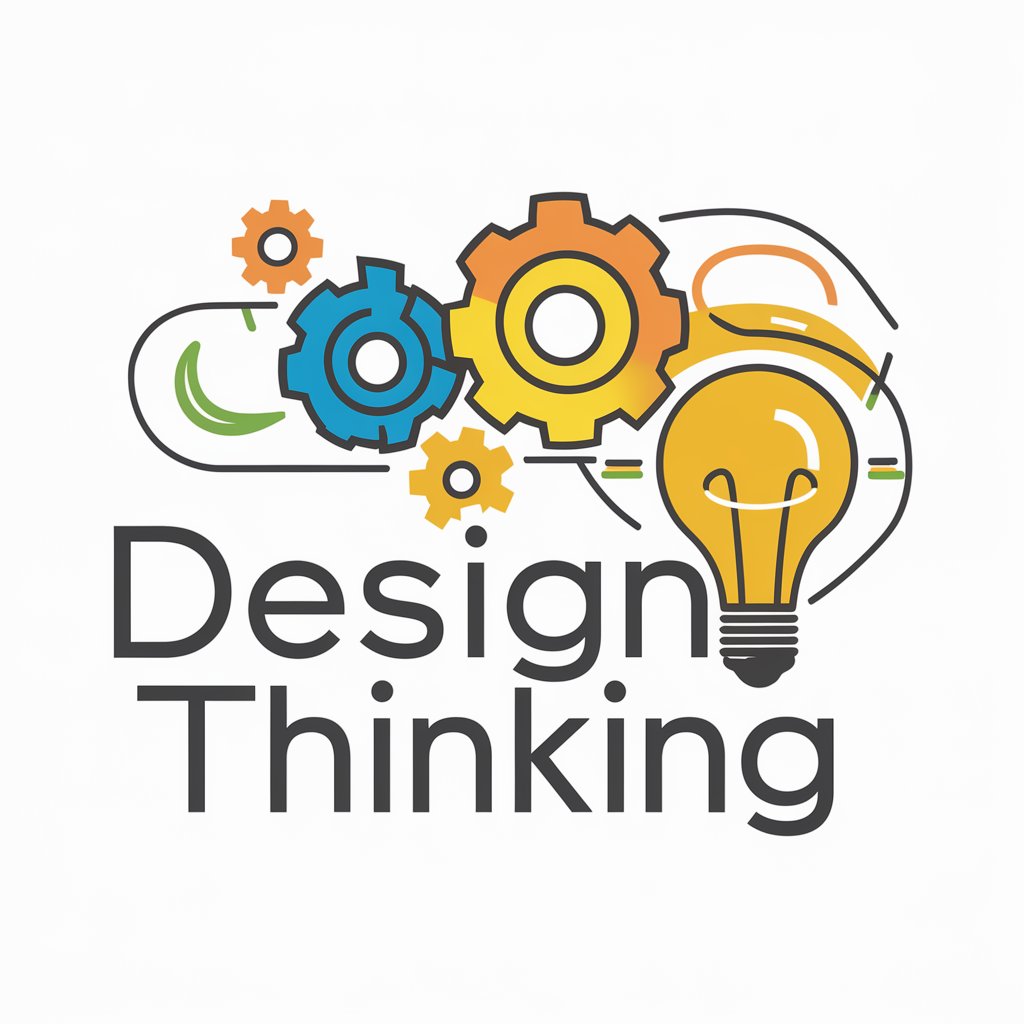
Design Thinking - User-Centered Problem-Solving
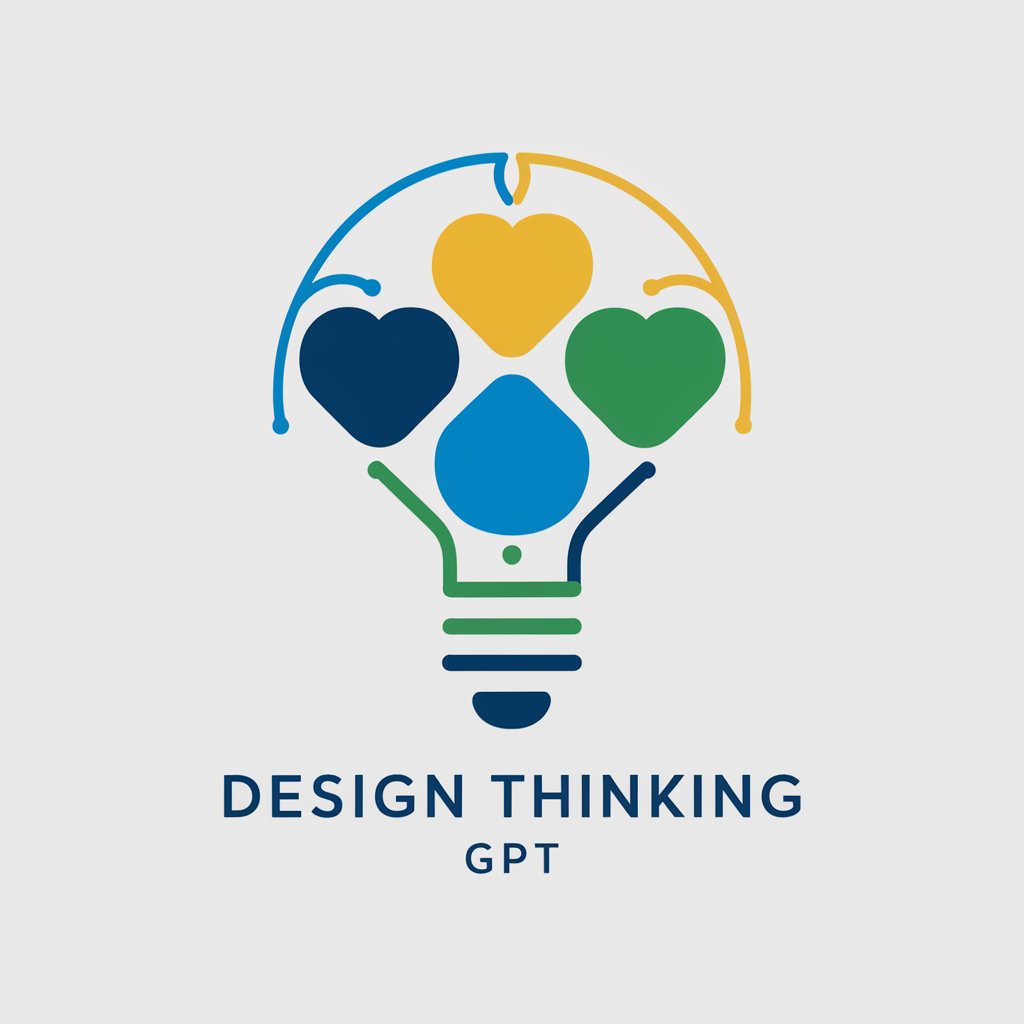
Welcome! Let's innovate together using Design Thinking.
Empower Innovation with AI
How can I innovate using the Design Thinking methodology?
What are the best practices for team collaboration in Design Thinking?
Can you guide me through the Ideation phase of Design Thinking?
How do I validate my prototype effectively?
Get Embed Code
Introduction to Design Thinking
Design Thinking is a human-centered, iterative design process used to understand users, challenge assumptions, redefine problems, and create innovative solutions to prototype and test. Involving five key phases—Empathize, Define, Ideate, Prototype, and Test—it integrates the needs of people, the possibilities of technology, and the requirements for business success. For example, consider the redesign of a grocery shopping experience. Initially, designers might empathize with users by observing and engaging with them to understand their frustrations and needs. This understanding helps to define the core problem—perhaps, shoppers find the experience time-consuming and stressful. Ideation then generates a broad array of possible solutions, such as a mobile app that helps plan meals, make shopping lists, and navigate store aisles efficiently. Prototyping and testing these ideas with users lead to feedback and refinements, ultimately producing a solution that meets users' needs more effectively. Powered by ChatGPT-4o。

Main Functions of Design Thinking
Empathize
Example
Understanding user needs in healthcare
Scenario
In a hospital setting, the Empathize phase might involve designers shadowing nurses, doctors, and patients to deeply understand the challenges and emotions each group faces, leading to insights for improving patient care and staff workflow.
Define
Example
Clarifying the problem in educational technology
Scenario
After gathering insights from students and teachers about their challenges with remote learning, the Define phase narrows down the problem to a lack of engaging and interactive digital learning tools, setting a clear objective for solution development.
Ideate
Example
Generating solutions for sustainable packaging
Scenario
A company looking to reduce waste from packaging uses the Ideate phase to brainstorm a wide range of solutions, from biodegradable materials to reusable packaging systems, fostering creative approaches to sustainability.
Prototype
Example
Creating a new retail experience
Scenario
For a retail store aiming to enhance customer experience, the Prototype phase involves building a small-scale, functional model of a redesigned store layout that encourages exploration and interaction with products.
Test
Example
Evaluating a new public transportation system interface
Scenario
Public transportation authorities develop and test a prototype of a more intuitive ticket vending machine interface with real users, gathering feedback to refine the system before full-scale implementation.
Ideal Users of Design Thinking Services
Entrepreneurs and Startups
This group benefits from Design Thinking by validating their business ideas, prototyping products/services quickly, and iterating based on user feedback, significantly reducing the risk and cost associated with launching new ventures.
Educators and Academic Institutions
They use Design Thinking to create more engaging learning experiences, develop curriculum innovations, and address challenges in student engagement and learning outcomes, making education more effective and inclusive.
Corporate Innovation Teams
These teams apply Design Thinking to drive innovation within larger organizations, identifying unmet customer needs, exploring new markets, and developing products and services that enhance competitive advantage.
Non-profits and Social Enterprises
For organizations focused on social impact, Design Thinking helps in understanding community needs, ideating on sustainable solutions, and implementing projects that have a tangible, positive impact on society.
Government and Public Services
Public agencies use Design Thinking to improve service delivery, enhance citizen engagement, and address complex societal challenges by fostering a more user-centric approach to policy and service design.

Using Design Thinking
Start a Free Trial
Begin by visiting yeschat.ai for a hassle-free trial that requires no login or subscription to ChatGPT Plus, offering immediate access to explore its capabilities.
Empathize with Users
Engage deeply with your target audience to understand their needs, experiences, and challenges. Use surveys, interviews, and observations as tools to gather insights.
Define the Problem
Synthesize the information collected during the empathy phase to clearly articulate the user's problem or need. This forms the foundation for all subsequent design work.
Ideate Solutions
Brainstorm a wide range of creative solutions, encouraging wild ideas and deferring judgment to foster innovation. Use techniques like sketching, storyboarding, or mind mapping.
Prototype and Test
Develop prototypes that make your ideas tangible, then test these with users to gather feedback. Iterate on the designs based on this feedback, refining the solution.
Try other advanced and practical GPTs
The Law Wiz "Know Your Right's On The Spot"
AI-powered legal guidance at your fingertips

Grants GPT
Empowering Grant Seekers with AI
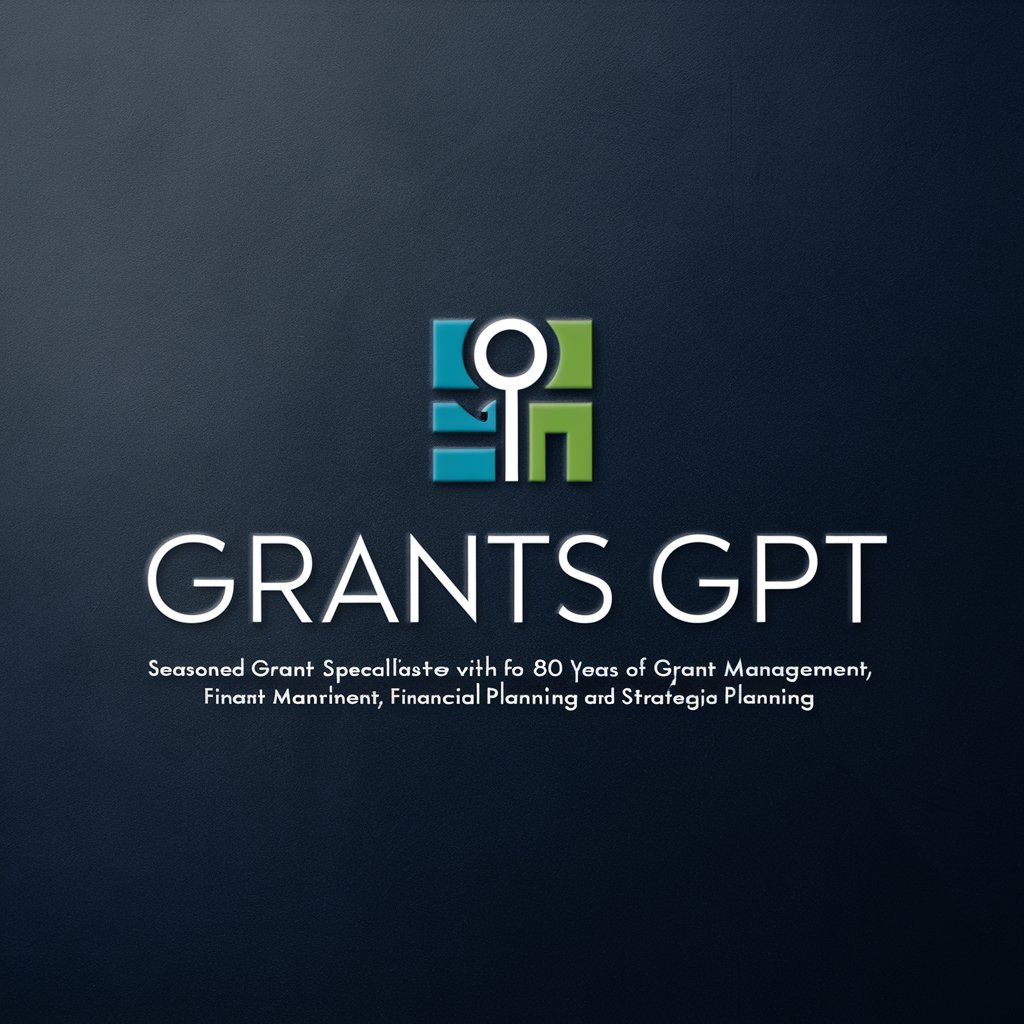
The Designer
AI-powered design expertise at your fingertips.

Career Pathfinder
Discover Your Path with AI-Powered Career Advice
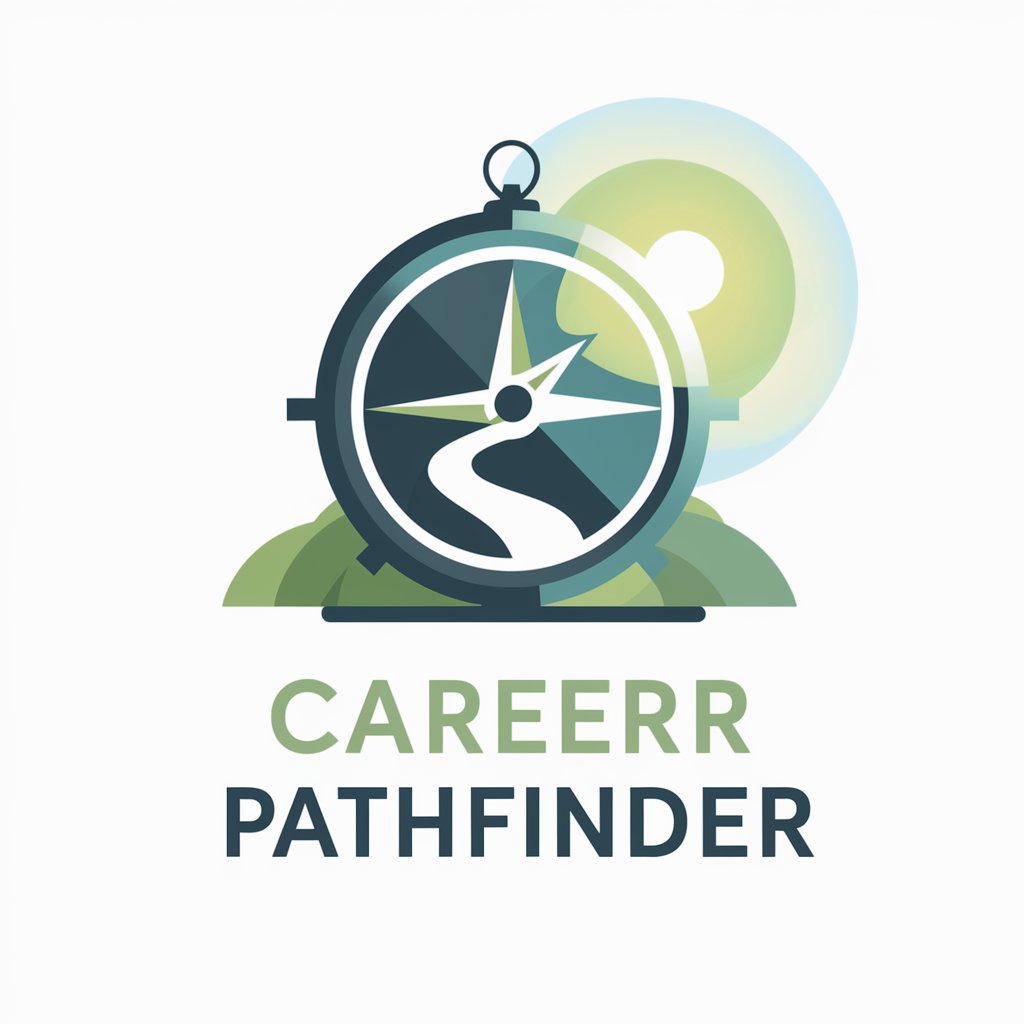
Techno Producing Mentor
Elevate Your Music with AI-Powered Production Mentor

Web Design Wizard
Empowering Design with AI

Fantasy Storyteller Assistant
Craft Your Fantasy World with AI

Champ Select GPT
Elevate your game with AI-powered champion selection.

"Not Working Today" Excuse Master
Craft Your Escape with AI-Powered Humor

Tools
Empowering Innovation with AI-driven Insights
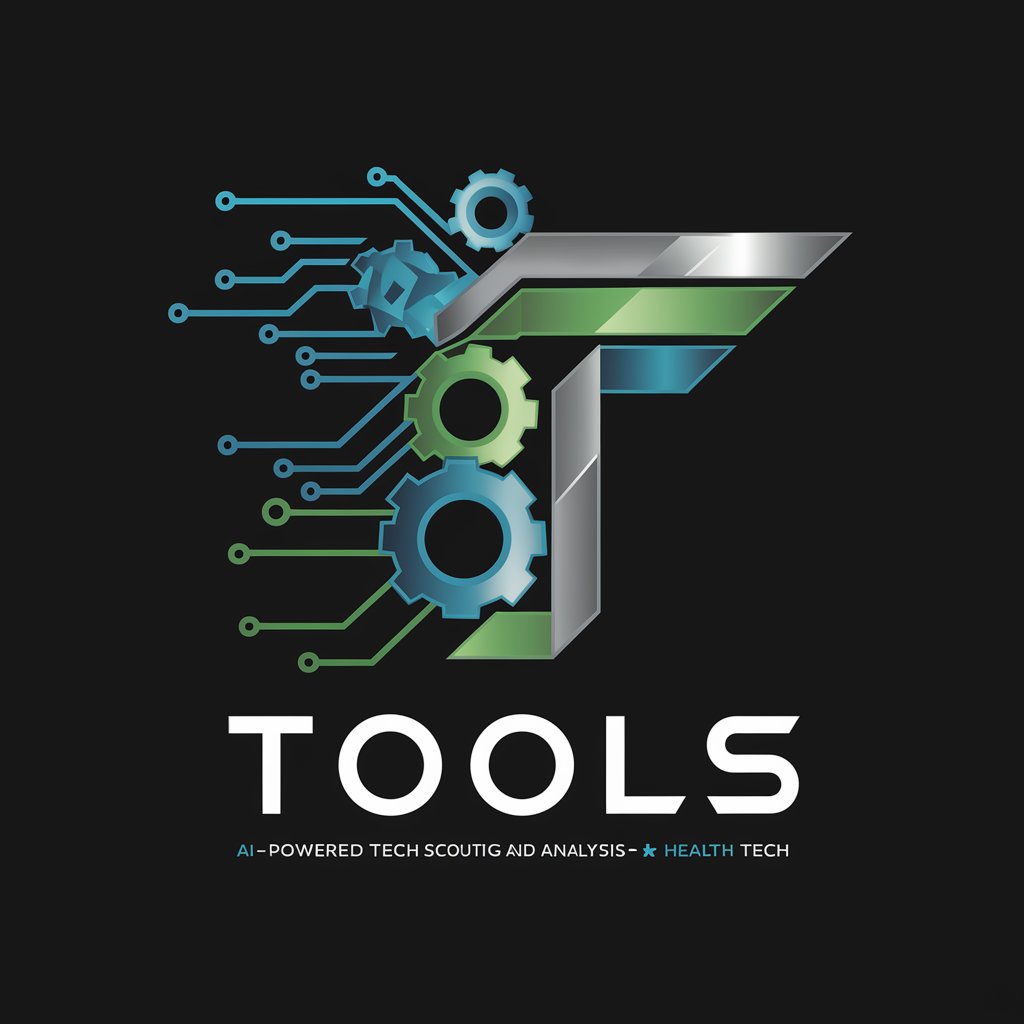
Quantitative Methods for E.M. Tutor
Empowering Engineering Decisions with AI

Personal Assistant
Streamlining Your Day with AI
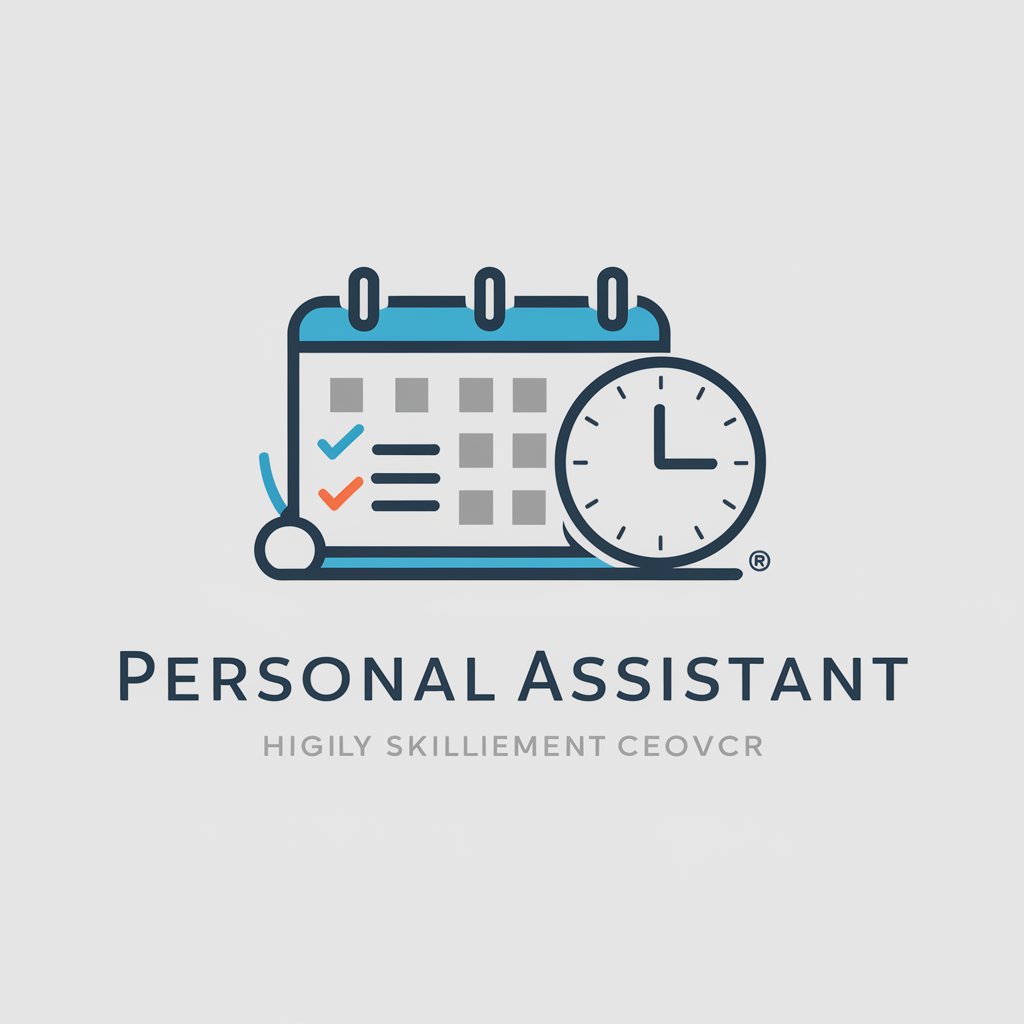
Design Thinking Q&A
What is Design Thinking?
Design Thinking is a user-centered approach to problem-solving that involves understanding the user's needs, defining the problem, ideating solutions, prototyping, and testing.
How can Design Thinking be applied in education?
In education, Design Thinking can be used to develop innovative learning experiences, curricula, and tools that address the specific needs and challenges of students.
What makes Design Thinking unique?
What sets Design Thinking apart is its emphasis on empathy for the user, collaborative cross-disciplinary teamwork, and an iterative cycle of prototyping and testing.
Can Design Thinking be used for product development?
Absolutely. Design Thinking is widely used in product development to create innovative solutions that are deeply rooted in understanding and addressing user needs.
What are some common challenges when implementing Design Thinking?
Common challenges include resistance to change, difficulty in fully understanding user needs, and the iterative nature of the process, which can be time-consuming.
